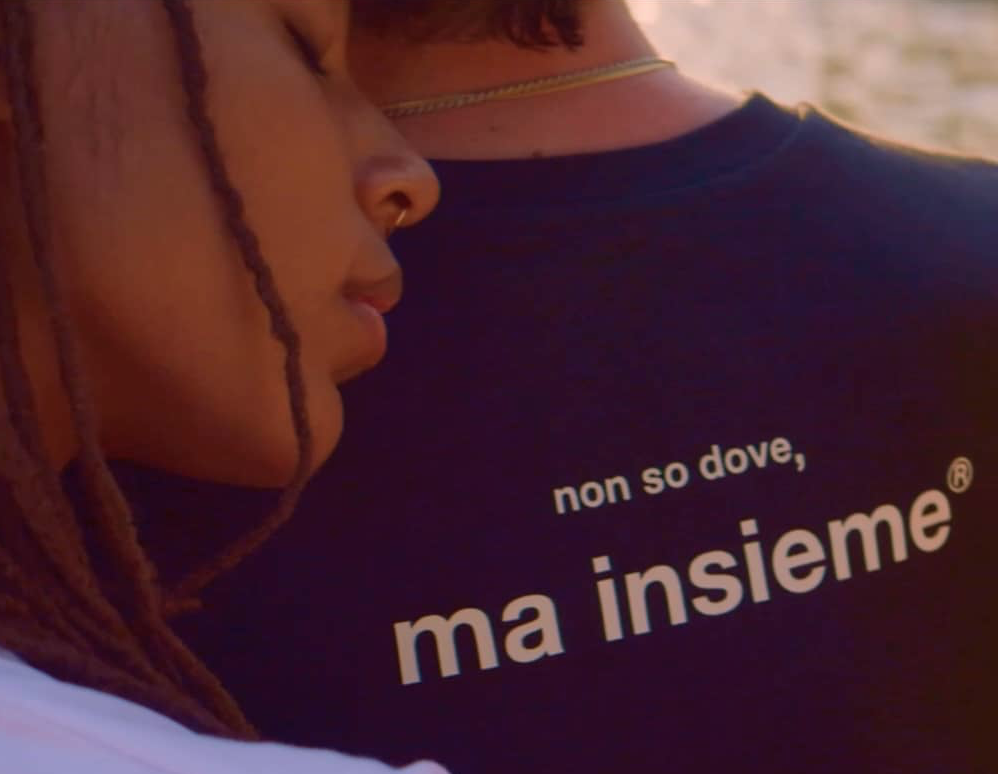Interview with Luca Finotti
Your career has led you to work as a film director with major fashion brands both here in Italy and abroad. How did you get into the fashion world? And what do you think your success is due to?
I first started out as a driver. A friend of mine who worked in fashion asked me to drive models to various castings, so at the age of 19 I had the opportunity to listen to, meet and interact with the Milan fashion scene from the bottom up. If you can find your way around and you’re not afraid of hard work, Milan’s a city where it’s easy to make a name for yourself.
I liked the idea of being seen as someone who could handle complicated situations. I’ve always tried to learn as much as possible by studying, putting myself out there and raising the bar with every job. I still believe opportunity makes us good at things. And I’ve had so many opportunities, for which I’m truly grateful, so now I want to offer them to others. In a way this is what’s allowed me to work so much, along with the fact that I’ve always loved my job.
Is there a clear difference in our way of working in comparison to international brands? We can talk about creative freedom and demands on the brands, but also about the type of communication and platforms you want to focus on.
Markets have changed, and we’re heading towards shared strategies in terms of image. This is because nowadays we have access to more brands simultaneously on different platforms. There will always be new channels of communication, which of course need to be explored. But in general, communication today lies in all the content that’s accessible online.
Rather than differentiate by country, in my view we should look at individual brands. Brands that give their artists total creative freedom achieve next-level communication. This is something I’ve realised after ten years in the field, in which bringing the right energy to a project makes all the difference.
What is it that makes your productions immediately recognisable?
Realism, immediacy, energy; people, colours, light and freedom. They have to be a reflection of the society we live in, so that the viewer can identify with them. And emotion – how I feel and how I convey it in my work.
Part of your identity has always been a cast that can reflect the world we live in. Look at your work for NikeLab, #WeBelieveInThePowerOfLove in 2017, or the recent campaign you shot with MSGM, Non So Dove, Ma Insieme. Brands can’t turn a blind eye to inclusivity. How do you think communication has changed in relation to this issue? Are we moving in the right direction? And what are the next steps, in your view?
We should look at the work of creative people who choose authenticity in their casting. As viewers, we want to see the same people we cross paths with in the shops, at the cinema or on the beach. We’re moving towards broader representation, and in that sense communication is evolving. Before, certain stereotypes presented obstacles to creativity, but now we can really create content that more faithfully reflects our society.
Along with a greater focus on casting, the next step is about narrative. In other words, getting inside people’s lives and telling their stories. Growing up, not everyone has the opportunity to interact with situations different from their own, which for me was a huge source of enrichment. Through more relevant and current communication, brands have an incredible opportunity to share the wide variety of stories of the people who make up modern society.
What are your upcoming plans? What are you working on?
Narrative – I love this new direction. After so many years of commercial work, which taught me about light, production and professional ethics, I now feel ready for this new adventure. First of all I wanted to work on my skills, so I went back to UCLA in New York to study scriptwriting, and then to Rome for a course on work and communication between director and actors. The stories I want to tell need solid foundations in work and study.


